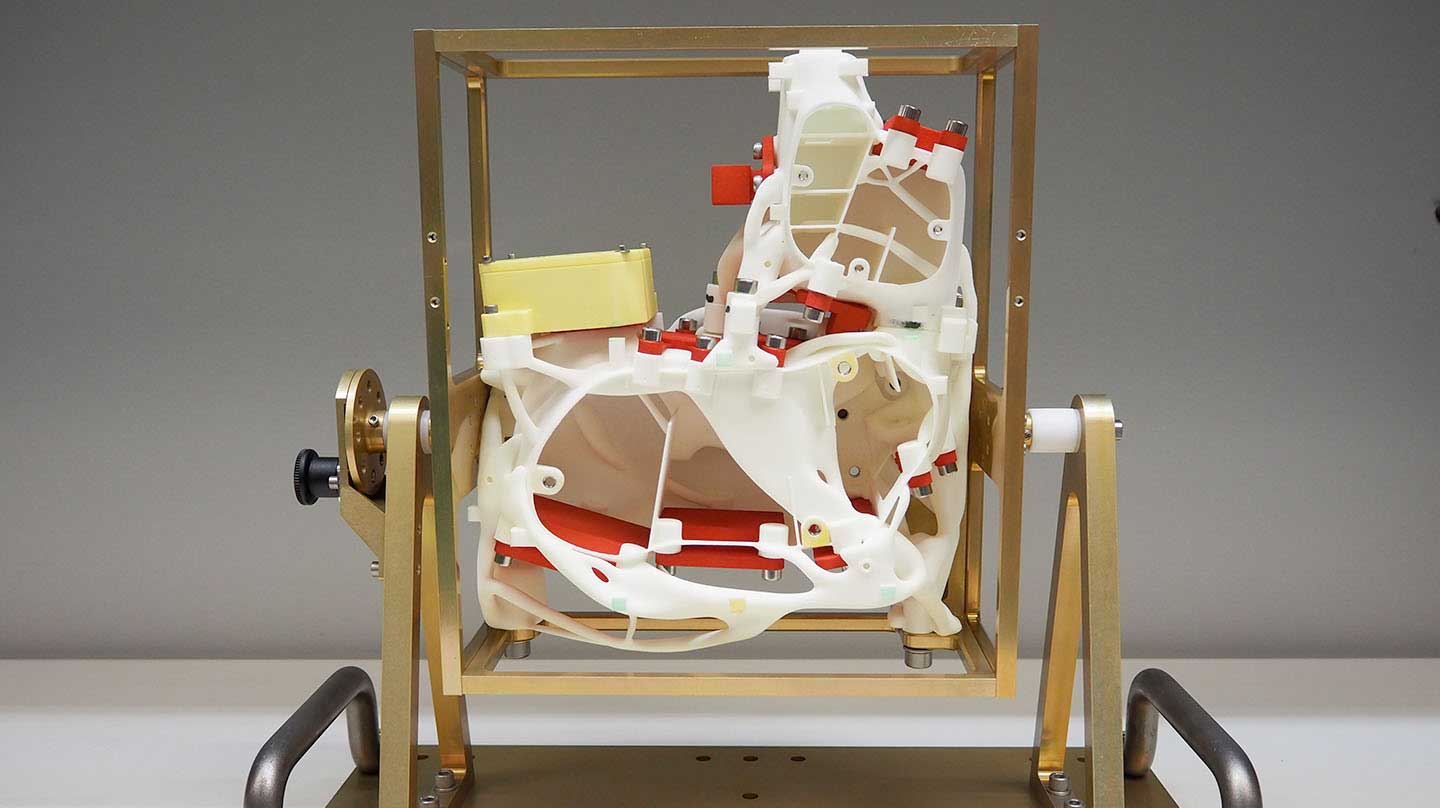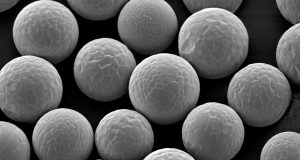A team at the Johns Hopkins Applied Physics Laboratory has developed a new framework for the additive manufacturing of a space instrument to detect pollution.
The Compact Hyperspectral Air Pollution Sensor Demonstrator (CHAPS-D) project, funded by NASA’s Earth Science Division, aims to develop an instrument that, mounted on a shoebox-sized satellite, can isolate sources of air pollution from low Earth orbit with an unprecedented resolution of about half a square mile. Additive manufacturing, specifically laser melting of metal powders, was chosen to quickly and cost-effectively produce parts that weigh a fraction of the weight of conventionally manufactured parts.
“It wasn’t even on our radar that the paper would be considered for one award, let alone two,” said Walter Zimbeck, an APL electrical and computer engineer, adviser to Post and study co-author who oversaw the print process.
The team opted for a high-strength aluminum alloy powder called Scalmalloy, which is strengthened by the addition of the element scandium. The challenge was to select not only an alloy, but also specific processing parameters that would optimize the final material for its application in space.
“You wouldn’t have to machine something difficult or impossible or spend time assembling it,” said APL’s Bill Swartz, the principal investigator of CHAPS-D. “You could, in theory, just print it out.”
“You’re not just picking an alloy for the application; you’re picking an alloy and processing parameters that then result in your final material,” Zach Post said.
The CHAPS-D project used topological optimization, a method that adjusts the distribution of material in a structure so that material is used only where absolutely necessary, and printed the body of the instrument. This approach allowed the team to isolate a material and processing solution in just six months. The development of such materials, which can traditionally take up to three years, was reduced to a matter of weeks through rapid modeling and machine learning.
“This new technique allows APL to develop materials faster than the field,” said Steve Storck, chief scientist of manufacturing technologies at APL and a paper co-author. “We’ve developed machine learning and down-selection techniques that allow us to efficiently see how each variable couples together and how that ultimately impacts the end performance.”
The successfully printed instrument, whose final design appears otherworldly, is a testament to the potential of 3D printing to revolutionize space component manufacturing by offering design freedoms that would be unattainable using conventional methods. This technology has not only enabled the development of the CHAPS-D instrument, but is also rapidly finding application in other areas of APL research, including space, underwater and hypersonic applications.
“The project really is a great example of how we at APL use additive manufacturing to enhance technologies or enable novel capabilities that otherwise weren’t possible,” said Morgan Trexler, manager of the Science of Extreme and Multifunctional Materials program in APL’s Research and Exploratory Development Mission Area. “This is a nice example of leveraging strong research to enable a new capability for a mission application.”
The successful application of 3D printing in the CHAPS-D project illustrates the immense potential of additive manufacturing technologies to outperform traditional manufacturing processes and open up new possibilities for missions in aerospace and other advanced technology fields.
Subscribe to our Newsletter
3DPResso is a weekly newsletter that links to the most exciting global stories from the 3D printing and additive manufacturing industry.























